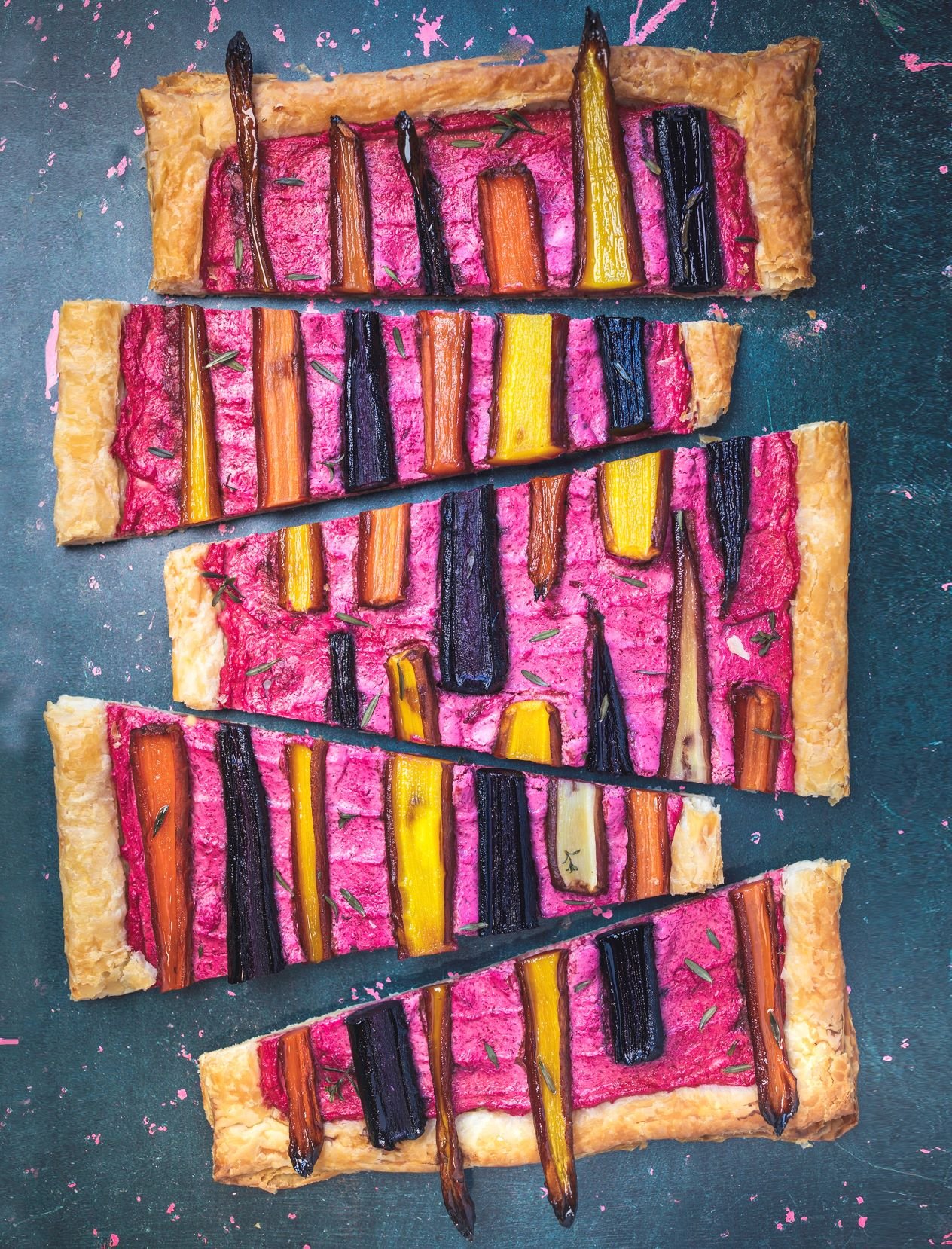Even if your garden is really tiny, it can still produce an abundance of delicious food. All you need is a planter and a plan.
We’ve all been there; you get lots of seeds you fancy but are not sure when, where or how to plant them, so you just stick them in soil, water, and hope for the best. If you don’t succeed, it can be hard to work out why.
Some plants grow well together, others don’t. Some crops will need other plants to give them shelter and support to grow to their best, others prefer open space and to be left alone to get on with it.
With natural planting, you create a diverse pocket of wildlife in an urban space and one that will provide rich tastes, colours and textures.
If you follow the simple planting plans on page 105 of May's The Simple Things, you’ll realise how easy growing your own food can be. They are designed for 1 sq m raised beds but are scaleable and feature plants that work well together, as nature intended. If you don’t like a particular vegetable then replace it with something similar that likes the same conditions. The plans allow you to grow several crops at different heights, each of which provide symbiotic benefits, resulting in more food. This means less watering, no digging, few weeds and no chemicals. Result!
Below is a plan for edible perennials.
PLAN 4
Perennial possibilities
If you don’t have a lot of time, or just think that growing annuals is a bit of a waste of energy, then you could grow plants that keep going for years and years, and indeed only get better over time.
Plot make-up
· At least 4-6 hours of full sun
· Water every other day
· 1-2 hours a week of your time
· Eating your veg within 25-30 days
Plants you’ll be growing
A word of advice…
Consider using a portion of your plot for perennial crops, which live for a long time so you’ll only need to plant them once to get harvests for many years. They’ll also need less watering once they’re established, as they will develop more extensive root systems than annual or biennial crops. Some of these vegetables, such as the artichokes and asparagus, will actually need a few years to establish before you can harvest them, but after that they will go on and on. Others, cavolo nero and rainbow chard, for example, should provide you with a crop within a season, but they are perennial so they should see you through many years. Fruit trees, like a delicious apple or pear, are a good perennial choice as they keep producing year after year. I'd suggest either going with rhubarb or a dwarf fruit tree. Even if you don’t have a lot of space you can grow these – choose a dwarf tree, place it in any container and it will fruit for you. Other fruit, such as strawberries, are perennial too and won’t need much attention either.
Taken from The City Grower by Matt Franks (Kyle Books)









